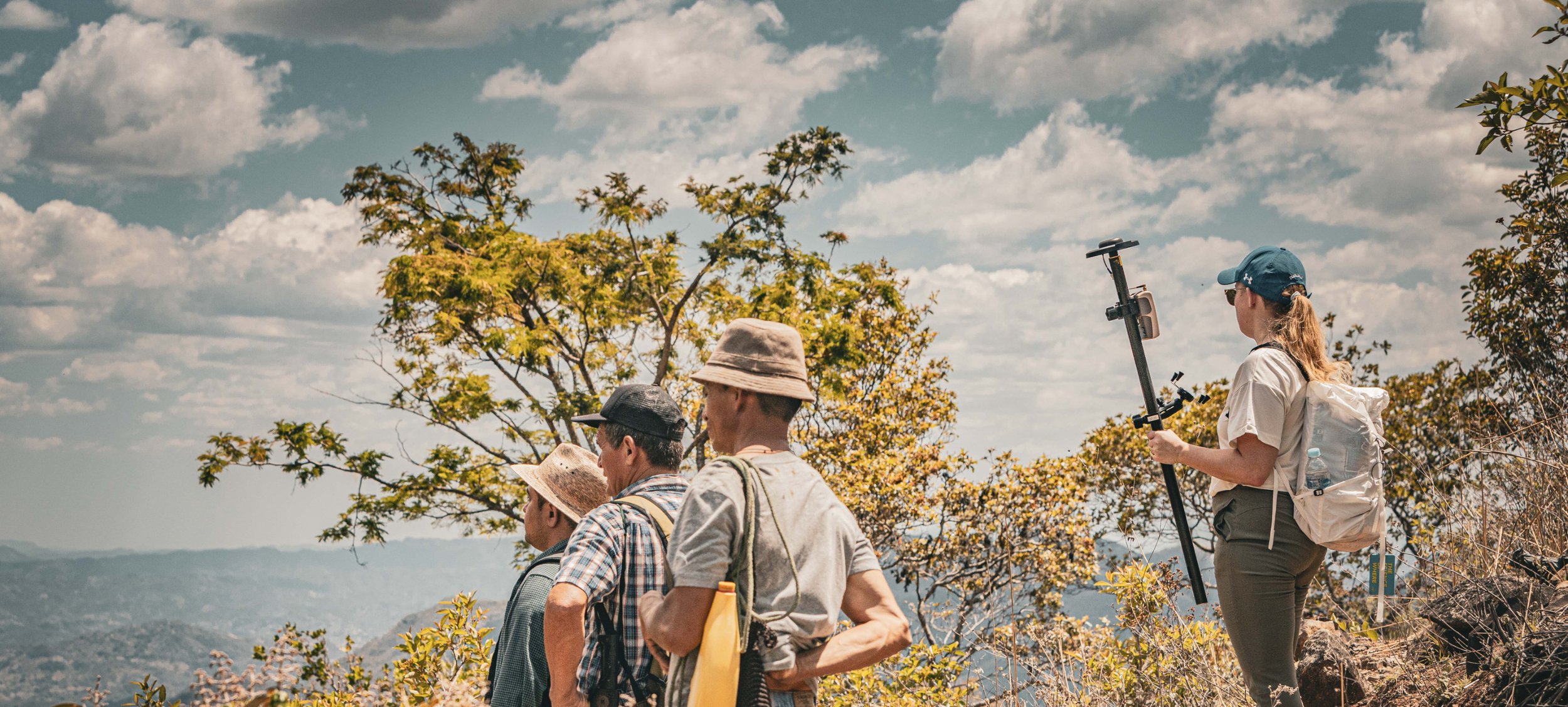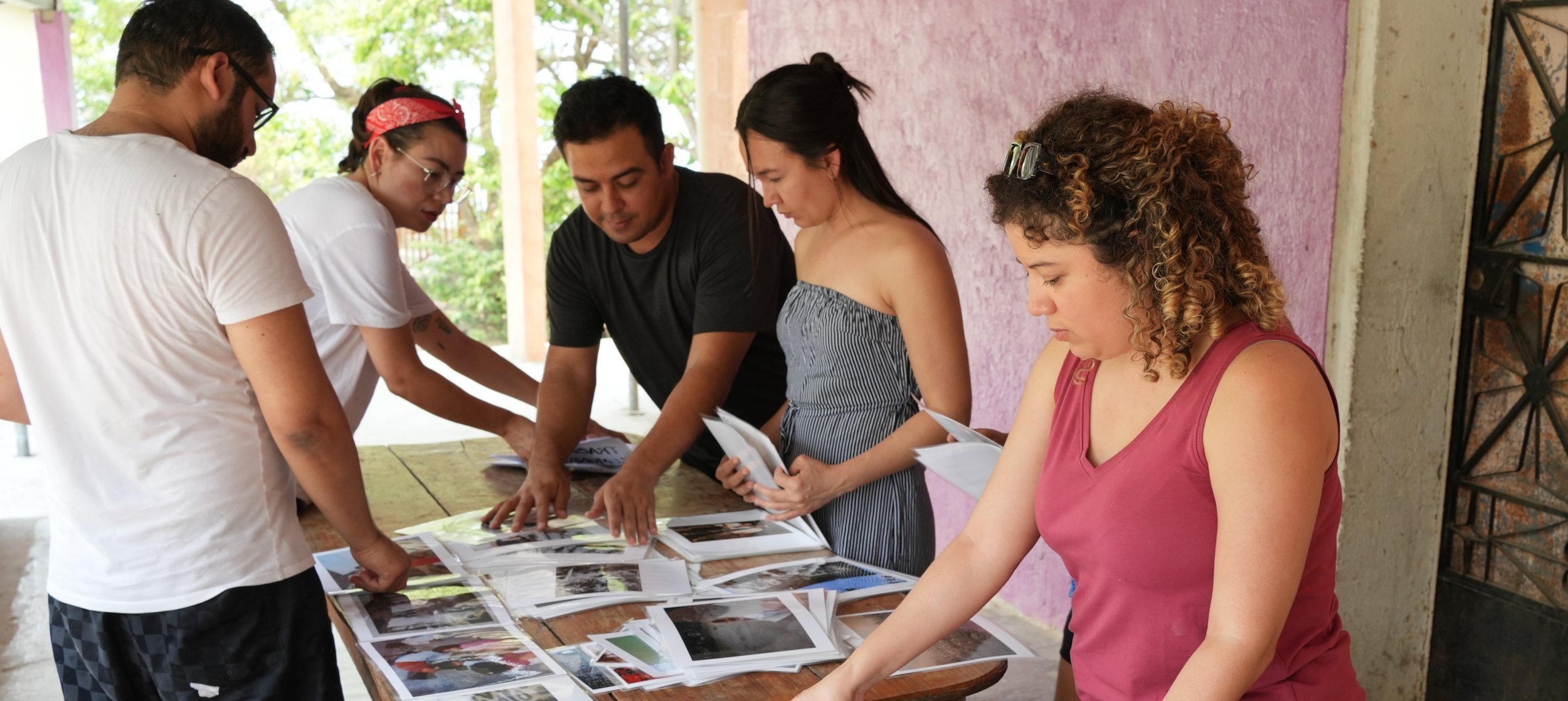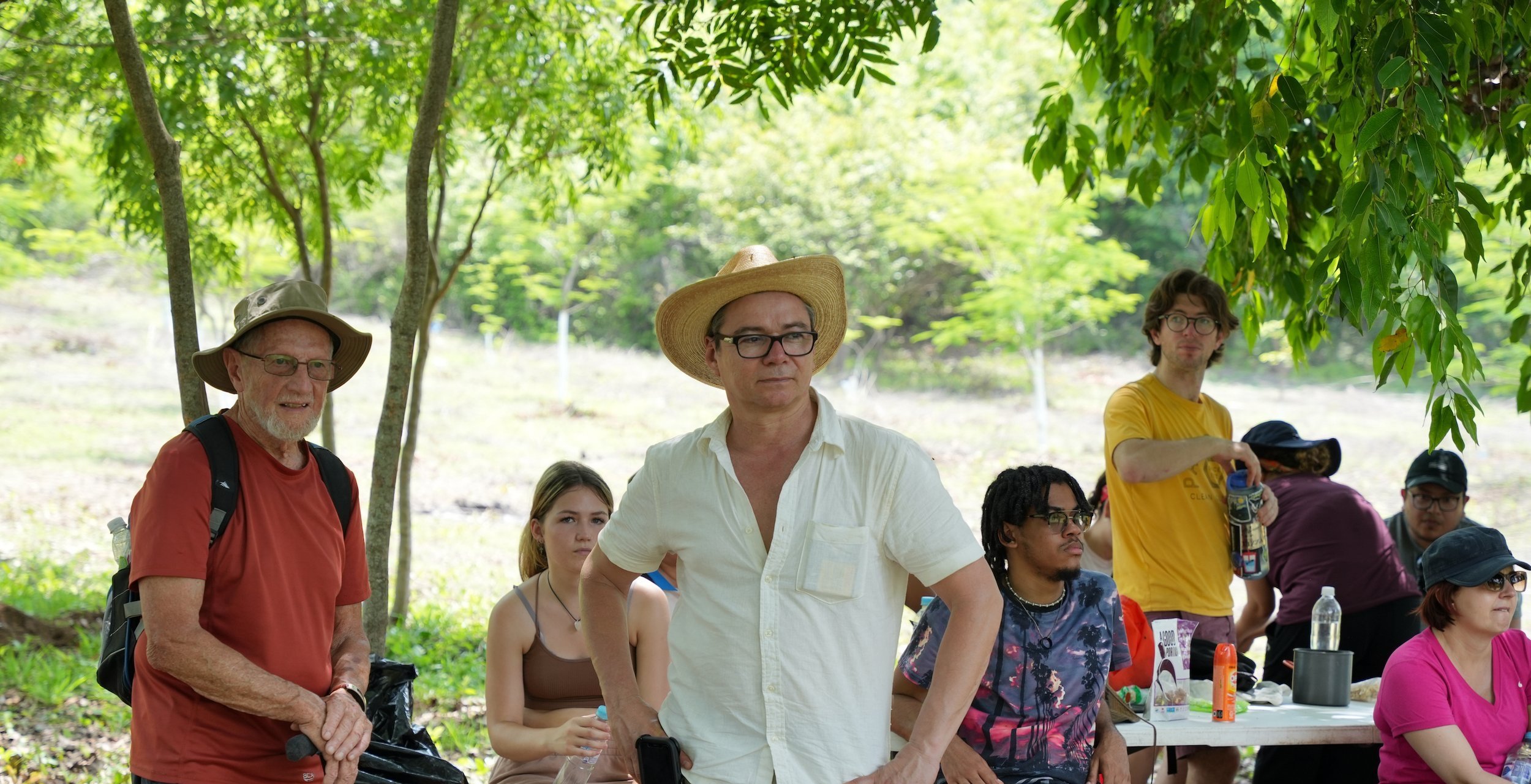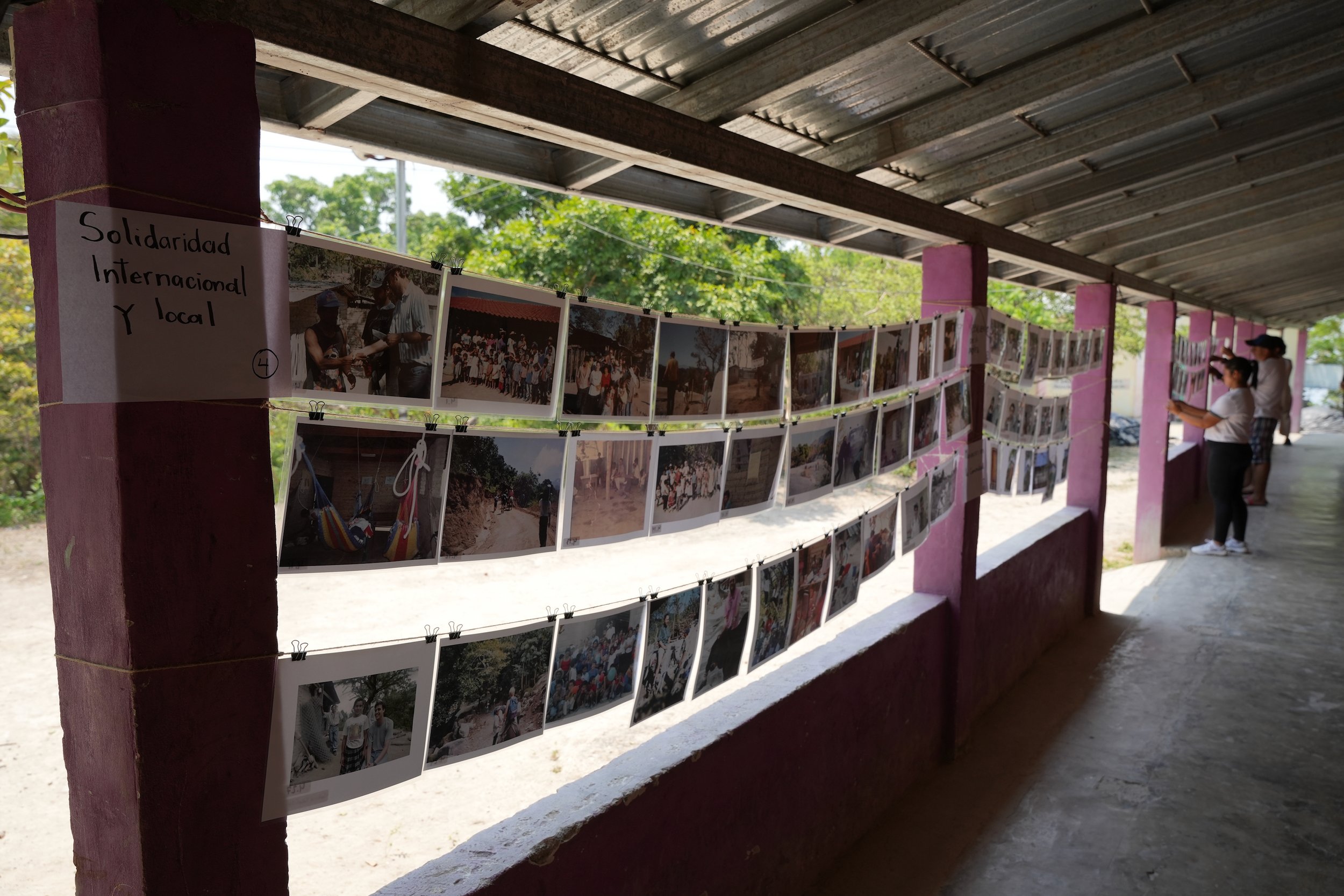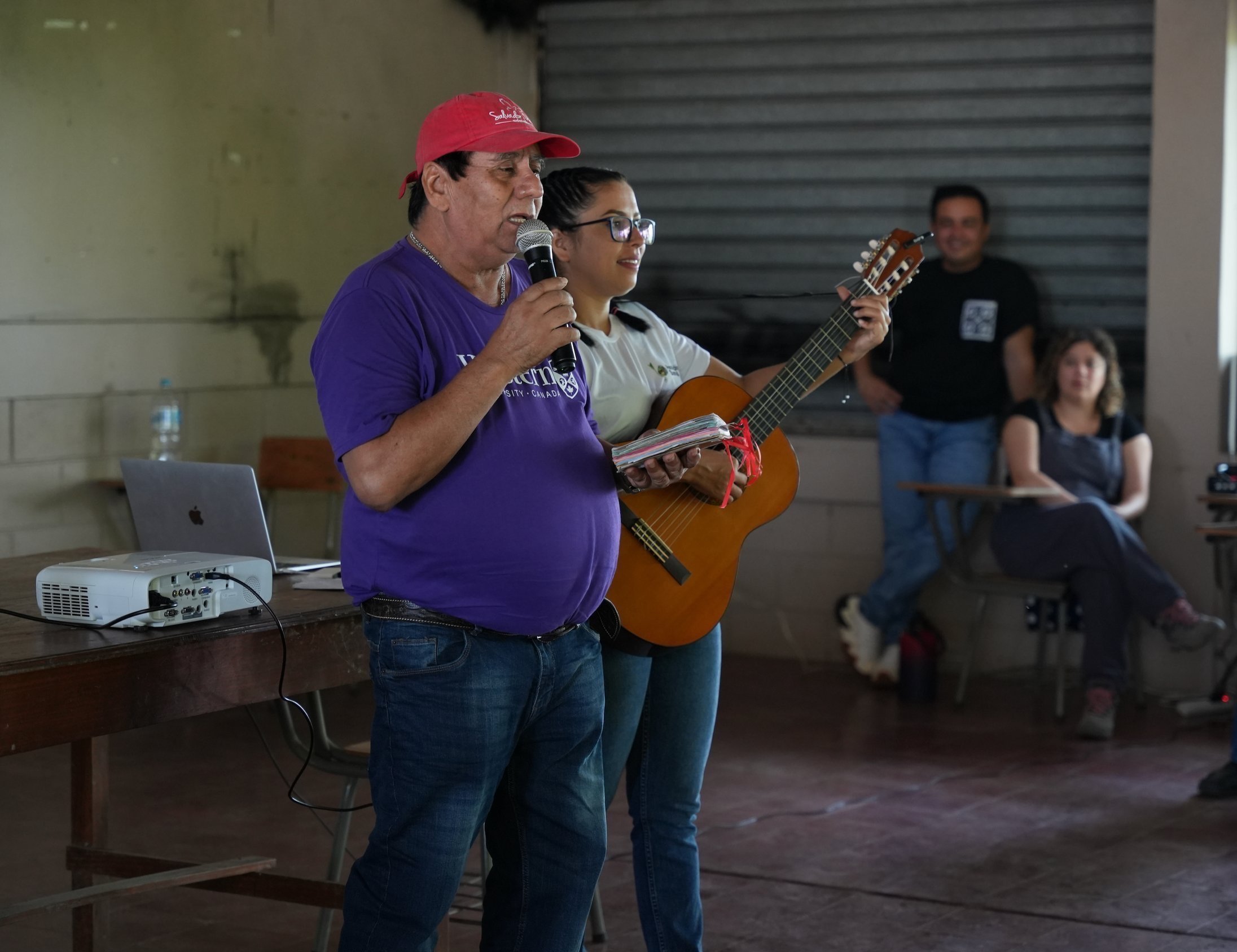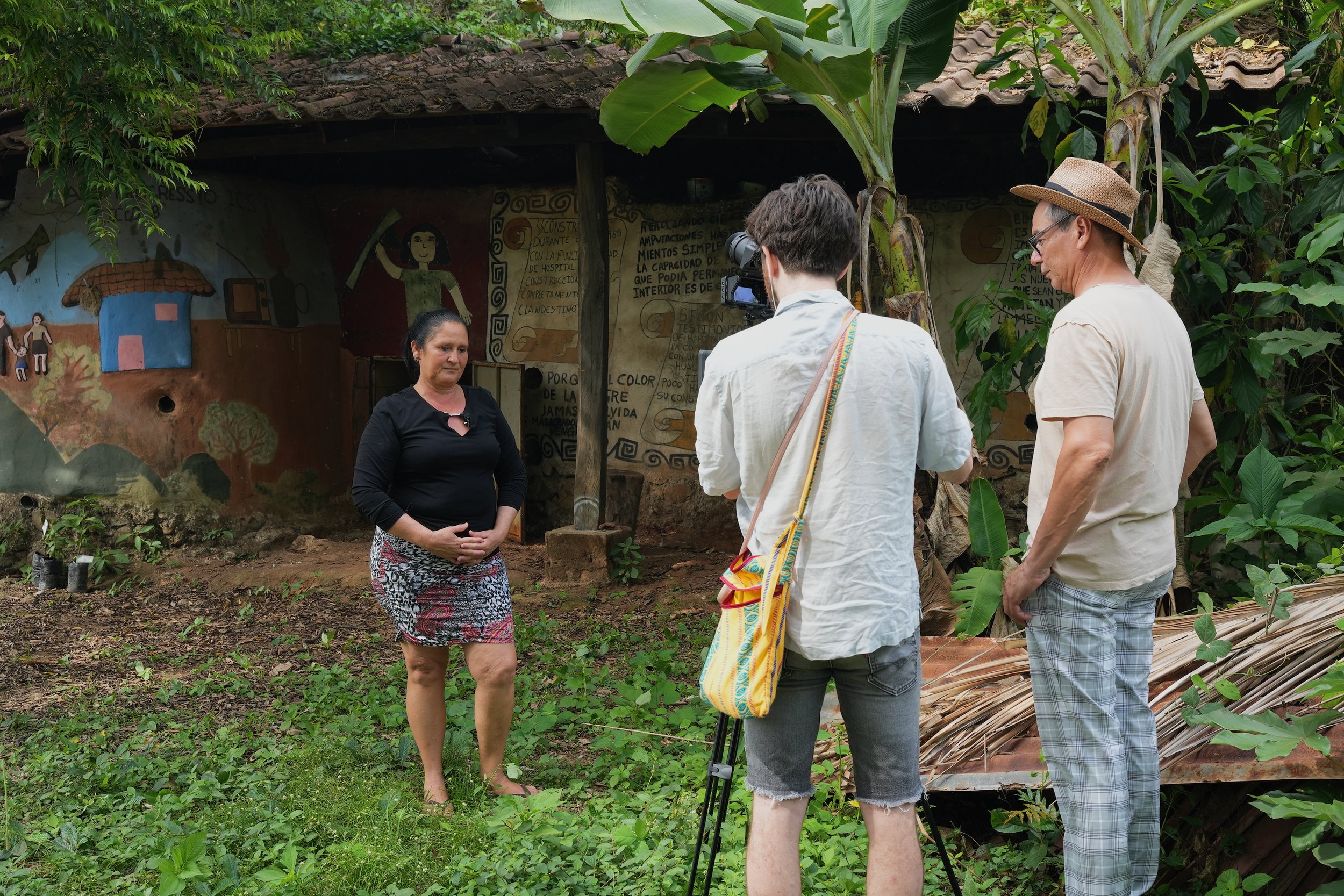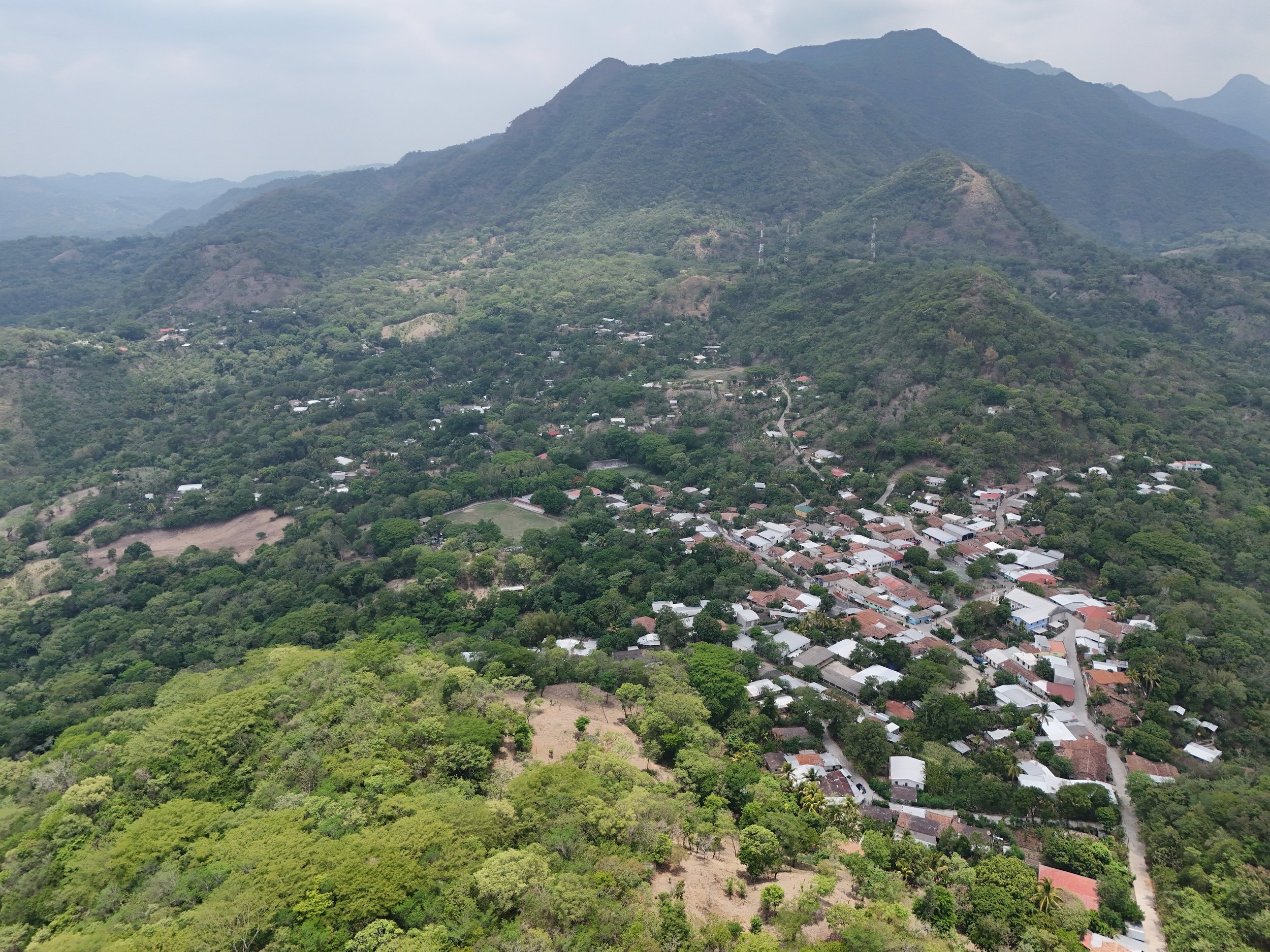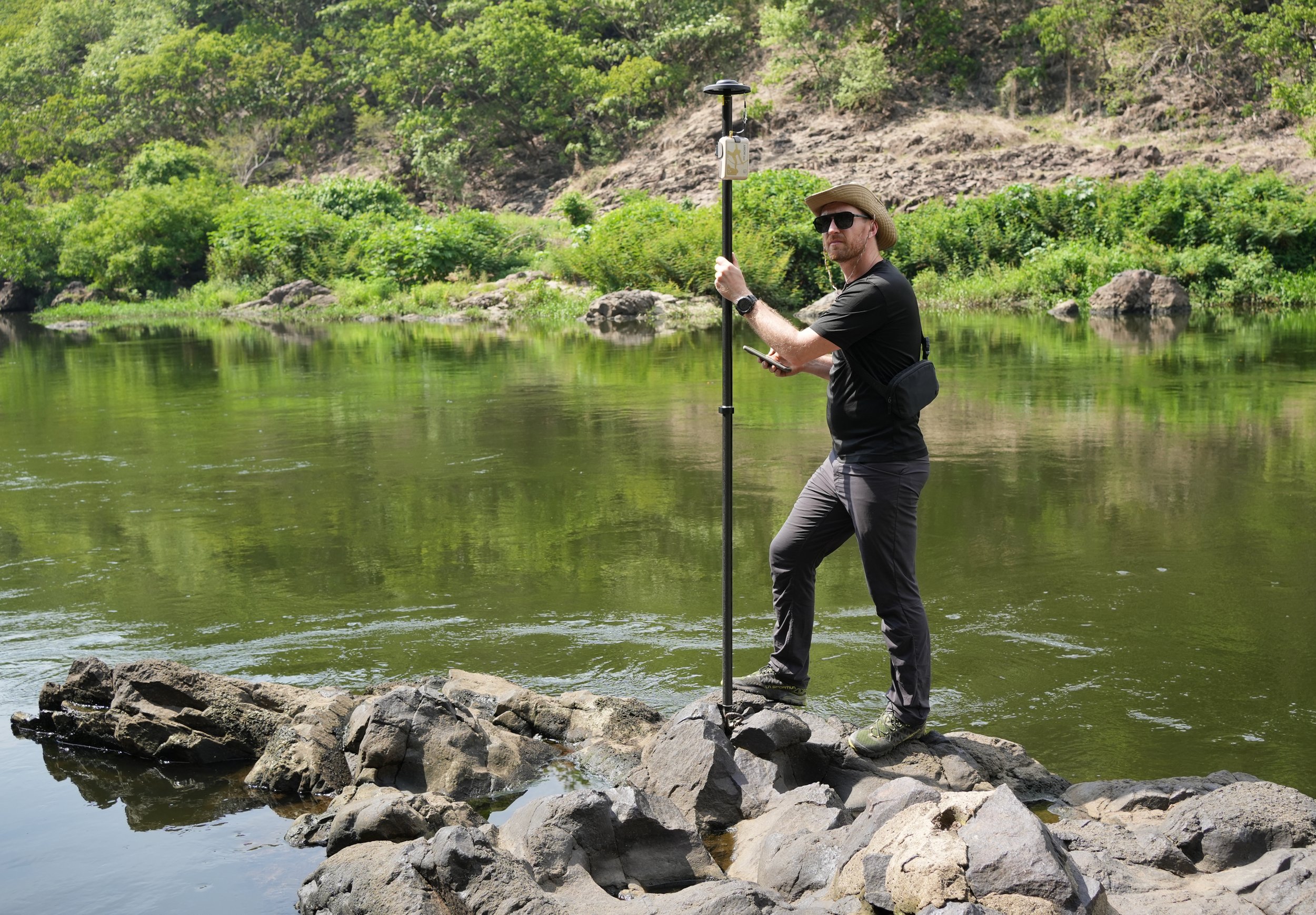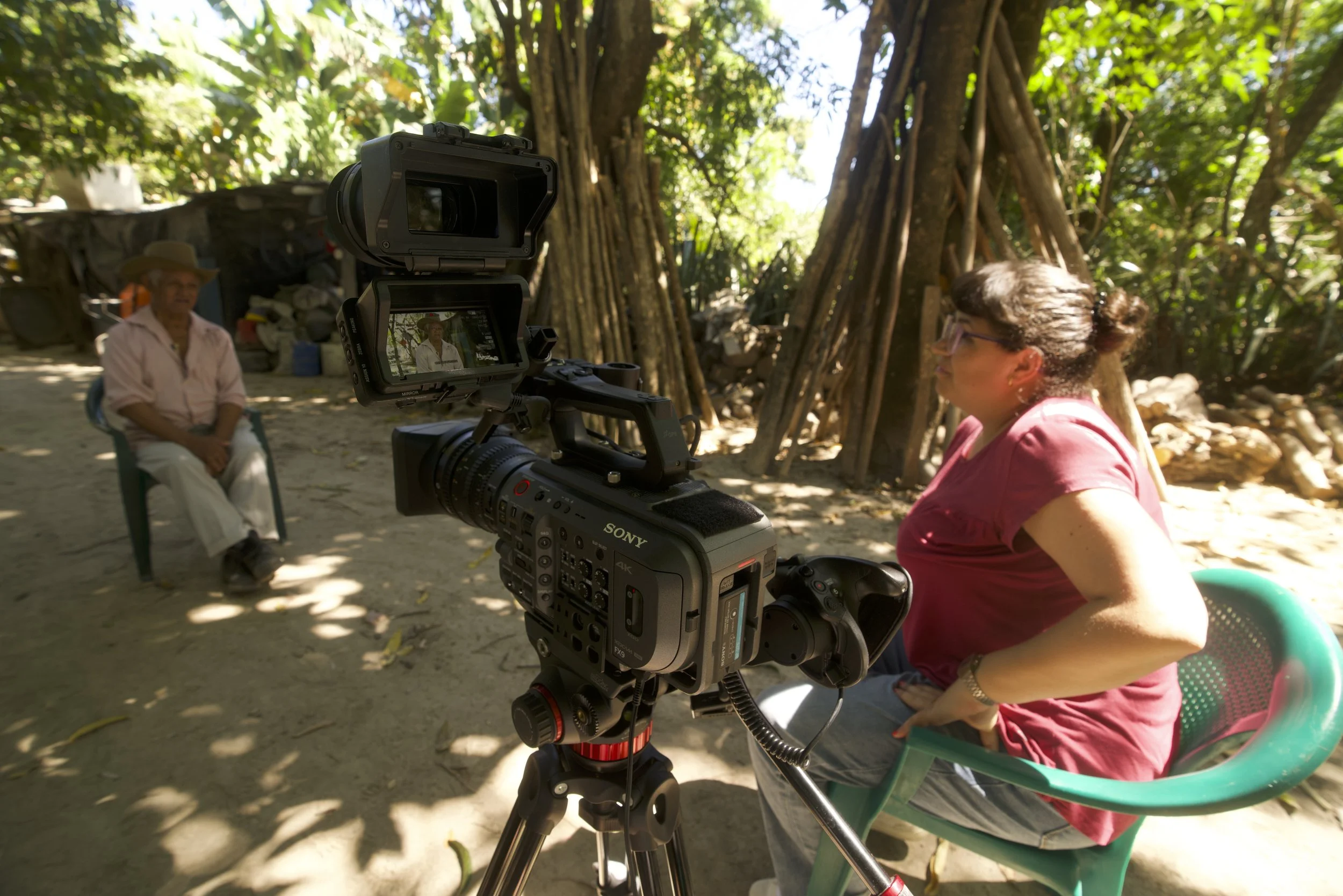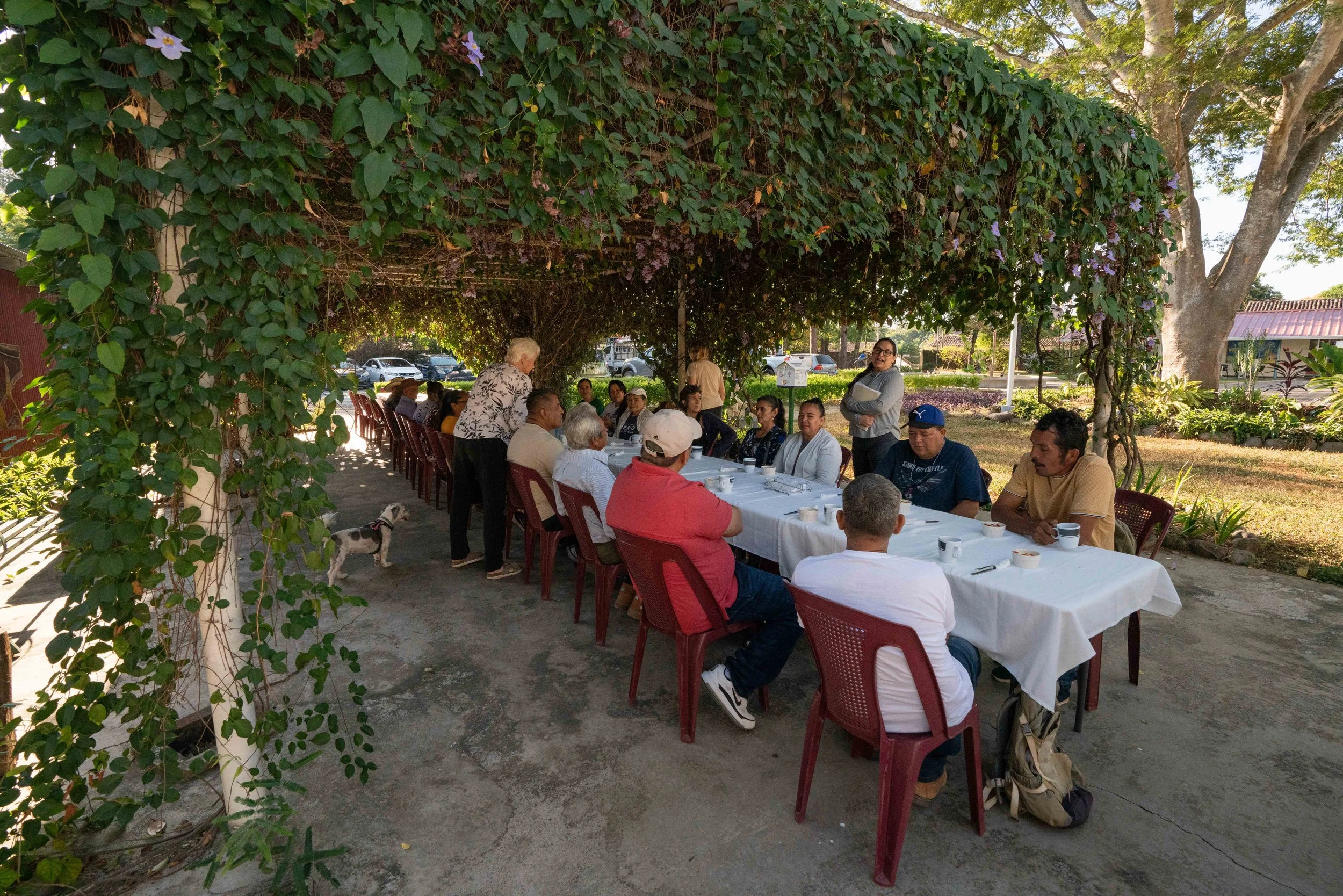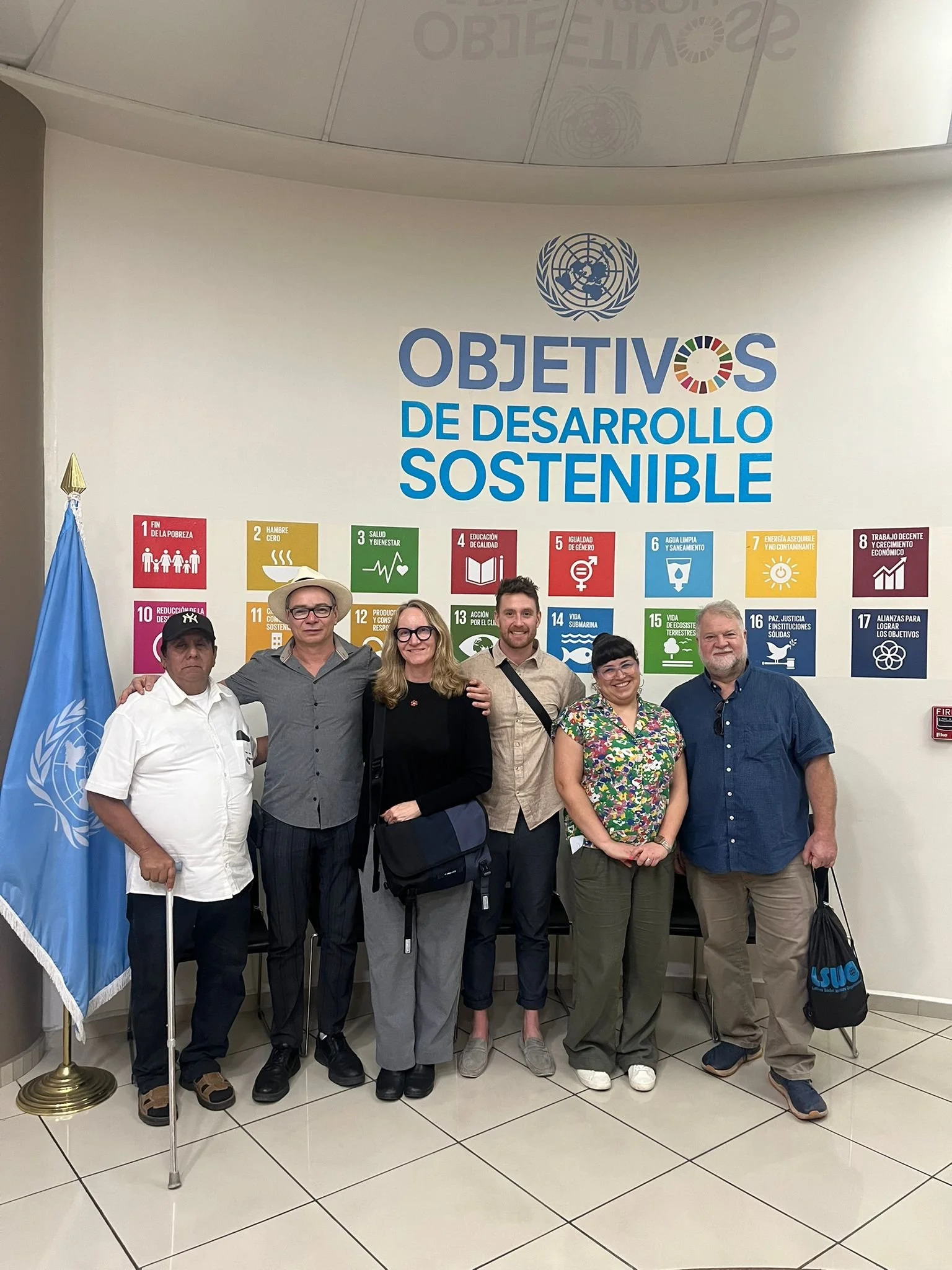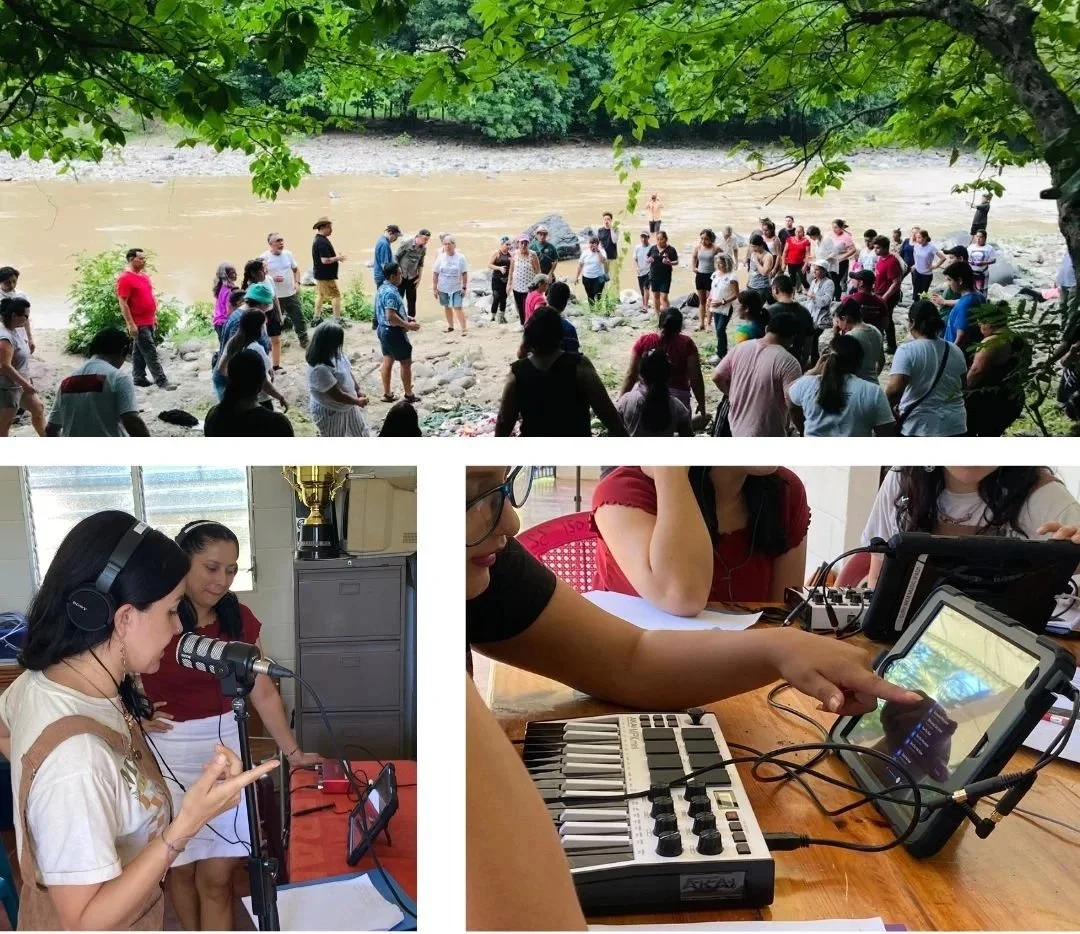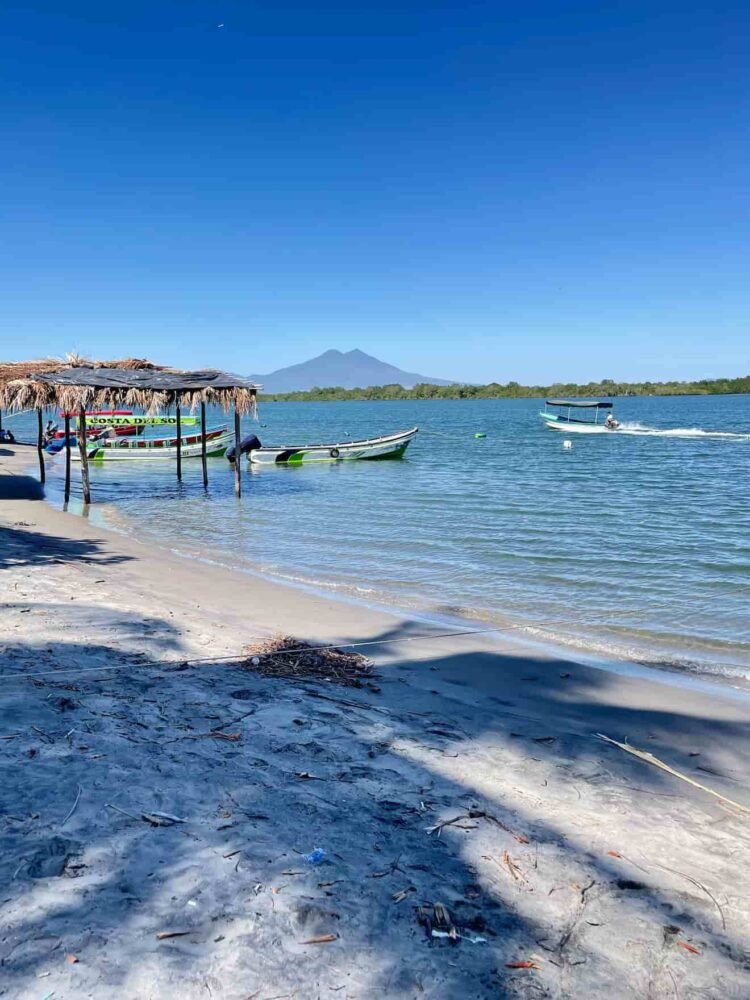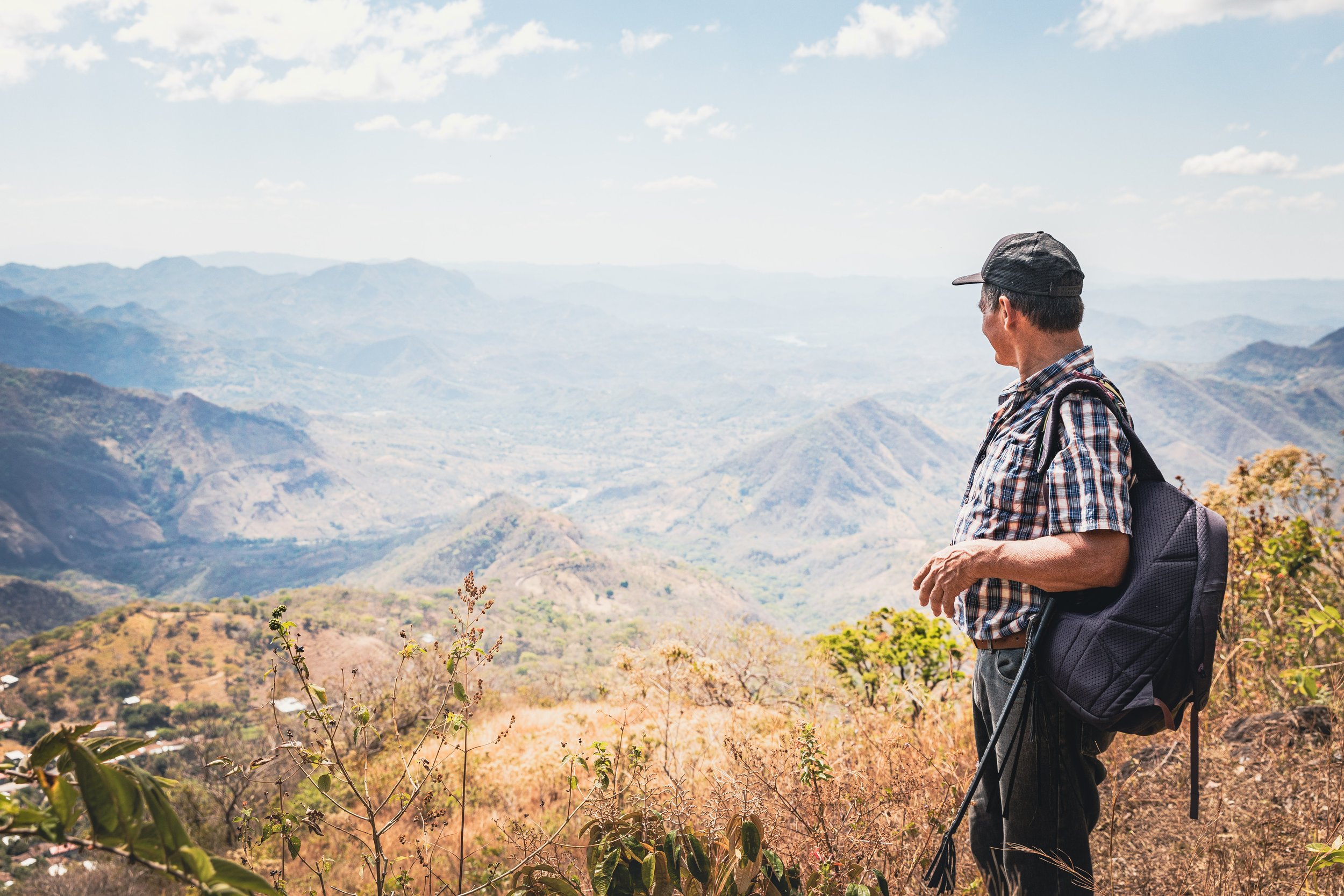
Surviving Memory in Postwar El Salvador
Founded in 2017, the Surviving Memory in Postwar El Salvador collaborative research initiative is an international partnership of survivors, scholars, architects, artists, lawyers, museums, community organizers, local leaders, civil society organizations and mental health professionals who are committed to documenting the history of the Salvadoran Civil War (1980-1992) and preventing future violence.
For more details, see the About section.
New Postdoc Dr. María Laura Flores Barba joins the Surviving Memory Team
They stayed in touch. Dr. Flores Barba became a research assistant, joined fieldwork, and began rethinking how her work connects past and present—treating people in historical records as members of real communities.
In El Salvador, she spoke with survivors and families about what they lived through. The experience highlighted how local networks help people process the past and organize for the future. “I started talking to people, understanding what happened to them. And I loved doing fieldwork,” she says. “As a Latin American, I knew about Central American conflicts in general, but I learned about the Salvadoran Civil War directly from those who experienced it.”
Back in Canada, she revisited her PhD on colonial Mexican painters with a focus on relationships and networks, not only artworks and dates. That shift led to a digital database mapping 17th–18th century Mexican painters through their social ties, so they appear as people, not just subjects of study. You can explore the research outline and interactive map here.
With her PhD completed in June 2025, Dr. Flores Barba is beginning a two-year Western Postdoctoral Fellow with Surviving Memory. She is working on three connected projects:
1) Community-sourced photo archive
She is coordinating crowdsourced metadata for a digital archive of photographs of the Loreto Sisters, a Toronto-based group of nuns that supported community rebuilding in El Salvador. The archive will let Salvadorans identify people and places and add context and stories.
2) Copapayo Village history book
She is supporting local community leader and historian Otilio Ayala on a book about the history of Copapayo, a village destroyed during the war and the site of a massacre, with an emphasis on accessible documentation that centers community accounts.
3) Virtual reconstruction
Working with the map librarian at Western University Libraries, she is helping turn Copapayo’s community memory into structured data—where houses stood, how streets were organized, and what daily life looked like before the war. Community workshops will present and discuss previews to help ensure a faithful virtual reconstruction of the village.
Among learning from different experiences, hearing tough stories of the past and finding creative ways to represent them and bring them to the present, Dr. Flores Barba is most excited to keep creating connections and working with the team. “As a historian, I used to work individually. We just go to an archive and write our things, and we don't really share much,” she remembers. “Now, I have discussions with the team, we think together and try to solve a problem together. It is teamwork and collaborative work to the fullest. And I love it. I like people and I like connecting.”
“Serendipity.” That’s how Mexican art historian Dr. María Laura Flores Barba describes first hearing about Surviving Memory. In September 2017, while teaching a beginner Spanish class, project founder Amanda Grzyb audited a few sessions.
Recent Updates
November 6, 2025
“Con un gran amor”: Photos, Stories, and Reflections from Postwar El Salvador — CRS/CERLAC seminar at York University, November 12
October 8, 2025
Connecting History: Maria Laura is the new Surviving Memory postdoc
October 9, 2025
Join Joel Martínez-Lorenzana’s PhD online public lecture about Salvadoran community music on October 15
November 27, 2025
“The Lasting Legacy of the Salvadoran Civil War on Environment and Health,” an essay by Amaan Thawer
Featured Videos
Surviving Memory in Postwar El Salvador is supported in part by funding from the Social Sciences and Humanities Research Council of Canada, the Canadian Foundation for Innovation, and the Ontario Research Fund.
